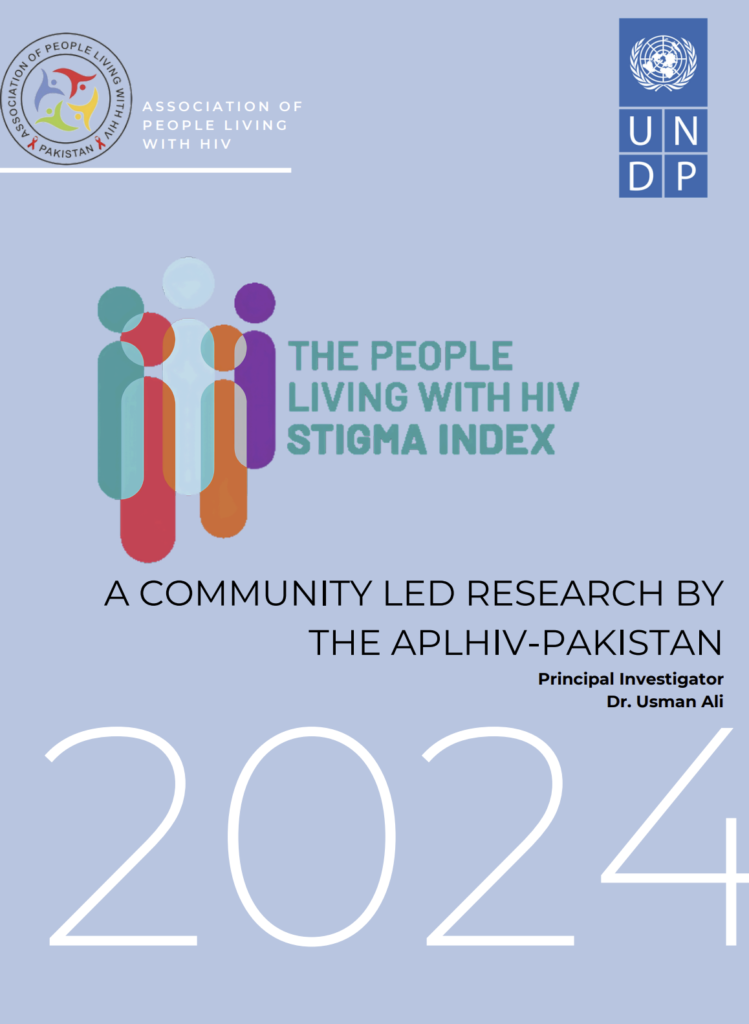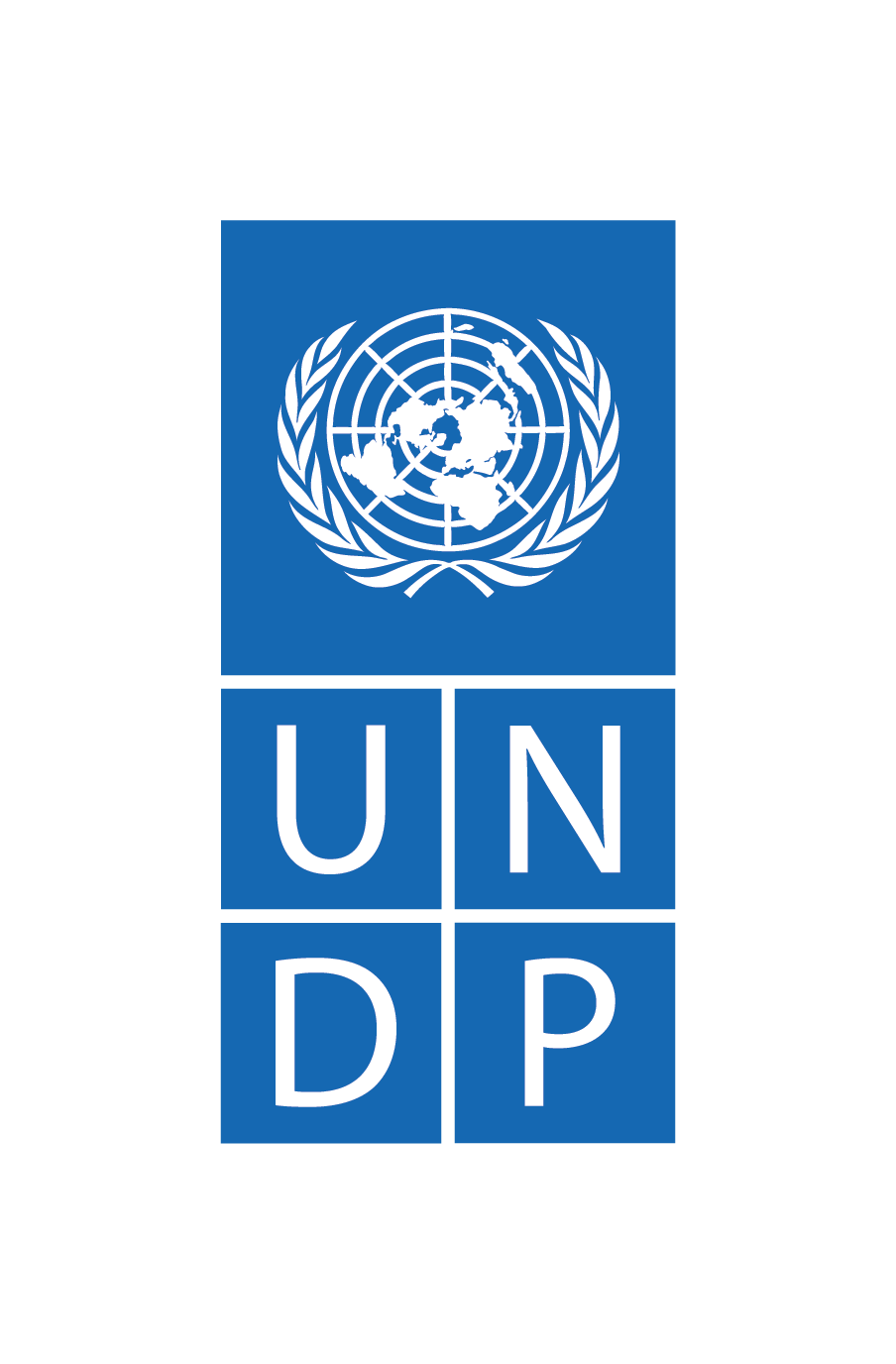Community systems strengthening for improved health outcomes
Overview
What do we mean by community systems strengthening?
Community systems strengthening is an approach that promotes the development of informed, capable and coordinated communities and community-based organizations, groups and structures. It involves a broad range of community stakeholders and enables them to contribute to the long-term sustainability of health and other interventions at the community level, including by creating an enabling and responsive environment in which these contributions can be effective. Learn more
Community systems strengthening has a strong focus on capacity-building and on strengthening human and financial resources, with the aim of enabling communities and community actors to play a full and effective role alongside government health and social welfare systems. Community groups and networks often face a range of barriers that limit their effectiveness and their ability to take a systems approach. This includes a lack of resources, capacity and support, and challenging legal, social and policy environments.
The goal of community systems strengthening is to achieve improved health outcomes by strengthening the capacity of individuals and civil society to advocate for, participate in and influence health governance and delivery at global, national and regional levels. This includes sharing tools, innovative approaches, insights and good practice across a broad range of organizations and networks.
The contribution made by communities to health has not always been recognized or supported and there is now renewed interest in strengthening capacity and linkages to develop community health systems as a valuable resource in their own right. This is particularly the case in the response to AIDS, tuberculosis and malaria, for which community models have been shown to improve outcomes related to access, coverage, adherence, viral suppression, retention in care and survival.
The Global Fund to Fight AIDS, Tuberculosis and Malaria (Global Fund) Strategy 2023-2028 acknowledges community responses and systems as crucial, diverse, dynamic and highly adaptable. The Global Fund has pioneered work in community systems by strengthening and investing in strategies that maximize the participation of key populations, community organizations and networks in the design, delivery, monitoring and evaluation of services and activities aimed at improving health.The Global Fund’s approach to nature of interactions that exist between disease control programmes, primary health care and communities.
Community systems strengthening and COVID-19
The COVID-19 pandemic has highlighted both the fragility and the resilience of community systems, underscoring the importance of community systems strengthening in the context of health responses. An analysis of COVID-19 Task Force compositions in 24 countries published in The BMJ in 2020 showed that women are in the minority on these Task Forces, that civil society is not generally included, and that communities are not consulted before decisions are made that affect the whole of society. Decisions about which interventions to implement, how they are implemented and who makes these decisions have an impact on the country’s priorities and eventually determine how many lives are lost as a result of secondary impacts caused by the response to COVID-19. It is likely we will see more deaths from diseases such as HIV and tuberculosis in countries where civil society capacity to advocate for access to services remains low or impaired.
UNDP’s approach
UNDP’s expertise in institutional development and, in planning, financial management, monitoring and evaluation and its wide-ranging technical expertise in health and human rights, make it the ideal partner for community systems strengthening. In addition, and importantly, UNDP is well positioned to facilitate civil society’s participation in policymaking and decision-making at regional, national and sub-national levels.
UNDP is often called upon to support development coordination mechanisms at the country level, assist countries to formulate their national development strategies and align them with the Sustainable Development Goals. This is facilitated by long-standing UNDP partnerships at the highest levels of government, with law-making bodies such as parliaments and with civil society organizations.
UNDP, with its breadth of expertise and country presence, is unique within the United Nations Development System to help countries to connect the dots on the most complex sustainable development issues. The organization also has very strong organizational capacity, demonstrated over many years, and mechanisms in place to rapidly amplify messages across countries and regions. Given this and its reputation as an impartial partner, UNDP helps governments to convene across line ministries and development partners to promote whole-of-government and whole-of-society responses vital for transformational change. This includes ensuring that civil society is able to participate in a meaningful way in policy-making and decision-making mechanisms and forums.
UNDP has extensive experience in community systems strengthening for health, building on its early focus on enhancing community conversations for HIV. UNDP draws on strong technical expertise at global and regional levels and has the capacity to convene a wide range of stakeholders, including from the United Nations family. UNDP’s strategic plan (2022–2025) speaks to how development challenges are increasingly complex, requiring ever greater collaboration across sectors and partners to deliver impacts at scale and to utilize limited resources efficiently. This makes UNDP uniquely positioned to facilitate community engagement and representation with government.
UNDP’s entry points
- Ensuring that programming is based on gender and human rights, including the right to health and to freedom from discrimination.
- Facilitating commitments to increase accessibility, uptake and effective use of services to improve the health and well-being of communities
- Ensuring that programming is informed by evidence and responsive to community experience and knowledge
- Facilitating a significant and equitable role in all aspects of programme planning, design, implementation and monitoring for community-based and community-led organizations, key populations and communities.
- Ensuring accountability to communities, for example, accountability of networks to their members, of governments to their citizens, and of donors to the communities they aim to serve.
The following page provides further details on key programme areas and opportunities to strengthen community systems.
Tools and guidance
The following UNDP information notes offer additional background and considerations to inform community systems strengthening:
- Defining key concepts. This offers guidance on: What do we mean by community? What is the difference between a community-led and a community-based organization? What is civic space? What do we mean by community systems for health?
- The role of community systems. This describes the unique added value of communities in national health responses and how community systems fit within the priorities of global health frameworks.
- Considerations for strengthening community systems. This details key enabling factors to consider when planning work with communities to strengthen systems.
Much of UNDP’s work to strengthen community systems builds on its partnership with the Global Fund, including through its role as interim Principal Recipient of grants from the Global Fund to Fights HIV, Tuberculosis and Malaria (Global Fund). The Global Fund has developed a set of four measurement frameworks that cover HIV/AIDS, tuberculosis, malaria and health system strengthening. Each of the measurement frameworks include a community systems strengthening module and each of these contains four interventions aimed at strengthening community systems. The community systems strengthening interventions provide the opportunity and funding to enable communities and community-based organizations to maximize their contributions to the AIDS, tuberculosis and malaria responses and address any gaps that may impede this.
Additional tools and guidance from partners can be found in the key resources below.
Examples
Case study: How a community-based strategy helped reduce malaria in Afghanistan
Started in 2013, Afghanistan’s community-based malaria management strategy was scaled-up in 2016 by UNDP and the Global Fund, expanding rapid diagnostic testing to all health facilities nationwide. The initiative introduced malaria screening to community health posts, provided anti-malarial medicines and health products to all health posts and facilities, and trained 30,000 community health workers on rapid testing and case management. The expansion helped reduce malaria incidence from 15.4 to 5.5 cases per 1,000 people annually, reaching zero malaria deaths, from 2012-2019.
Read more here.
Case study: Boma Health Initiative: Integrated community health services in South Sudan
Launched in 2017 by South Sudan’s Ministry of Health, the Boma Health Initiative is training and equipping 2,500 community health workers and 135 supervisors to deliver an integrated package of health services in remote areas, bridging the gap between communities and health facilities. Supported by UNDP and the Global Fund, the community health workers conduct HIV and TB contact tracing and treatment enrolment and monitoring, treat common childhood illnesses such as malaria, diarrhoea and pneumonia, screen for malnutrition and provide health education to encourage immunization, disease prevention and access to antenatal and postnatal care. Through the District Health Information System (DHIS2), these activities strengthen the community health components of South Sudan’s national health system, improving access to quality care across the country.
Read more here.
Key resources

Accelerator 3: Community and Civil Society Engagement Discussion Paper
Global Action Plan for Healthy Lives and Well-being for All
PDF

The Critical Role of Communities in Reaching Global Targets to End the AIDS Epidemic
UNAIDS
Joint United Nations Programme on HIV/AIDS, Stop AIDS Alliance.
PDF

Strengthening Community Health Systems to Improve Health Care at the Community Level
PEPFAR, USAID
Joint United Nations Programme on HIV/AIDS
PDF

Community Systems Strengthening Framework
The Global Fund
PDF

Technical Brief: Community Systems Strengthening
The Global Fund
PDF

The People Living with HIV Stigma Index 2.0
UNDP Pakistan
Website
